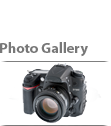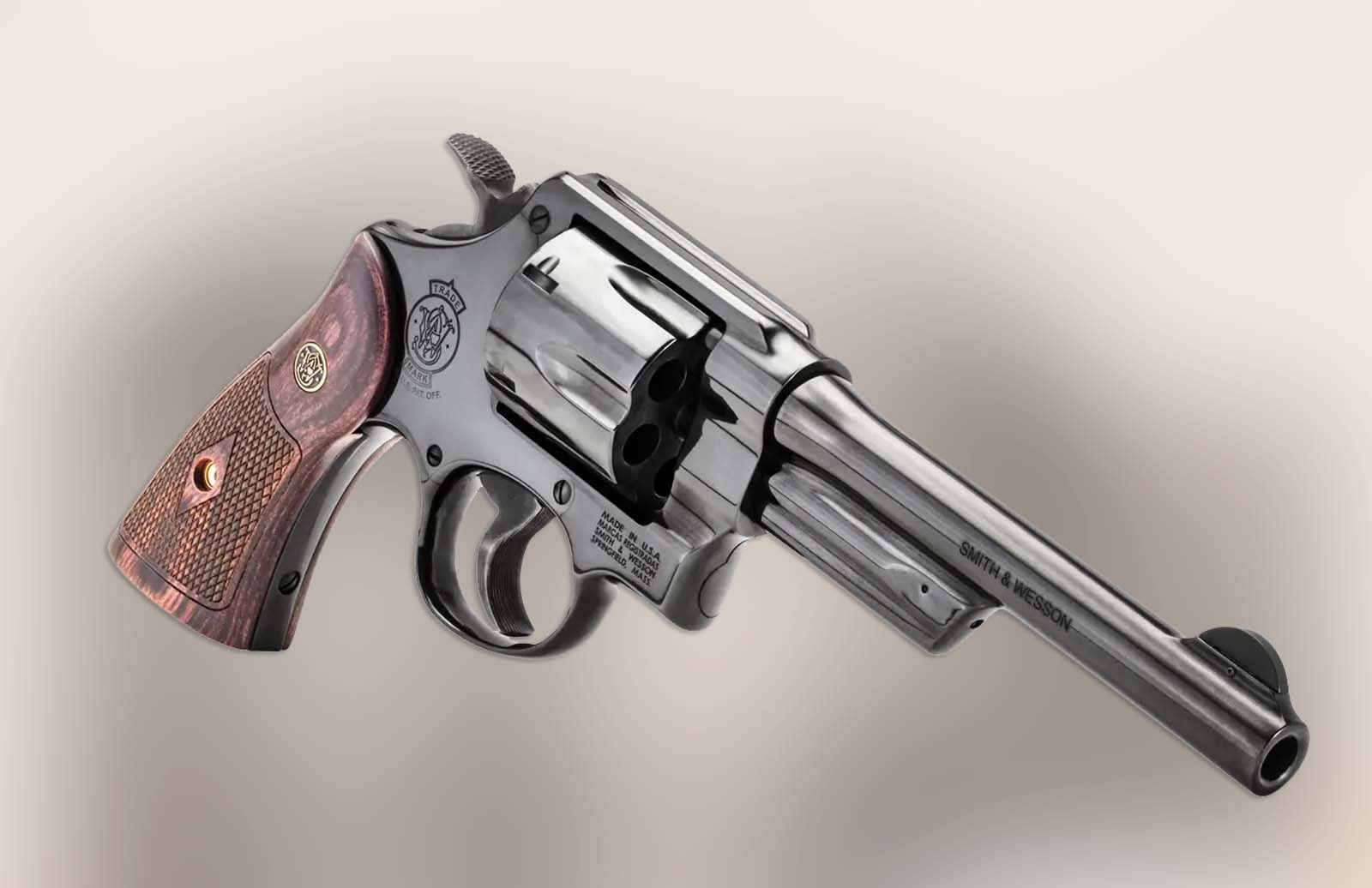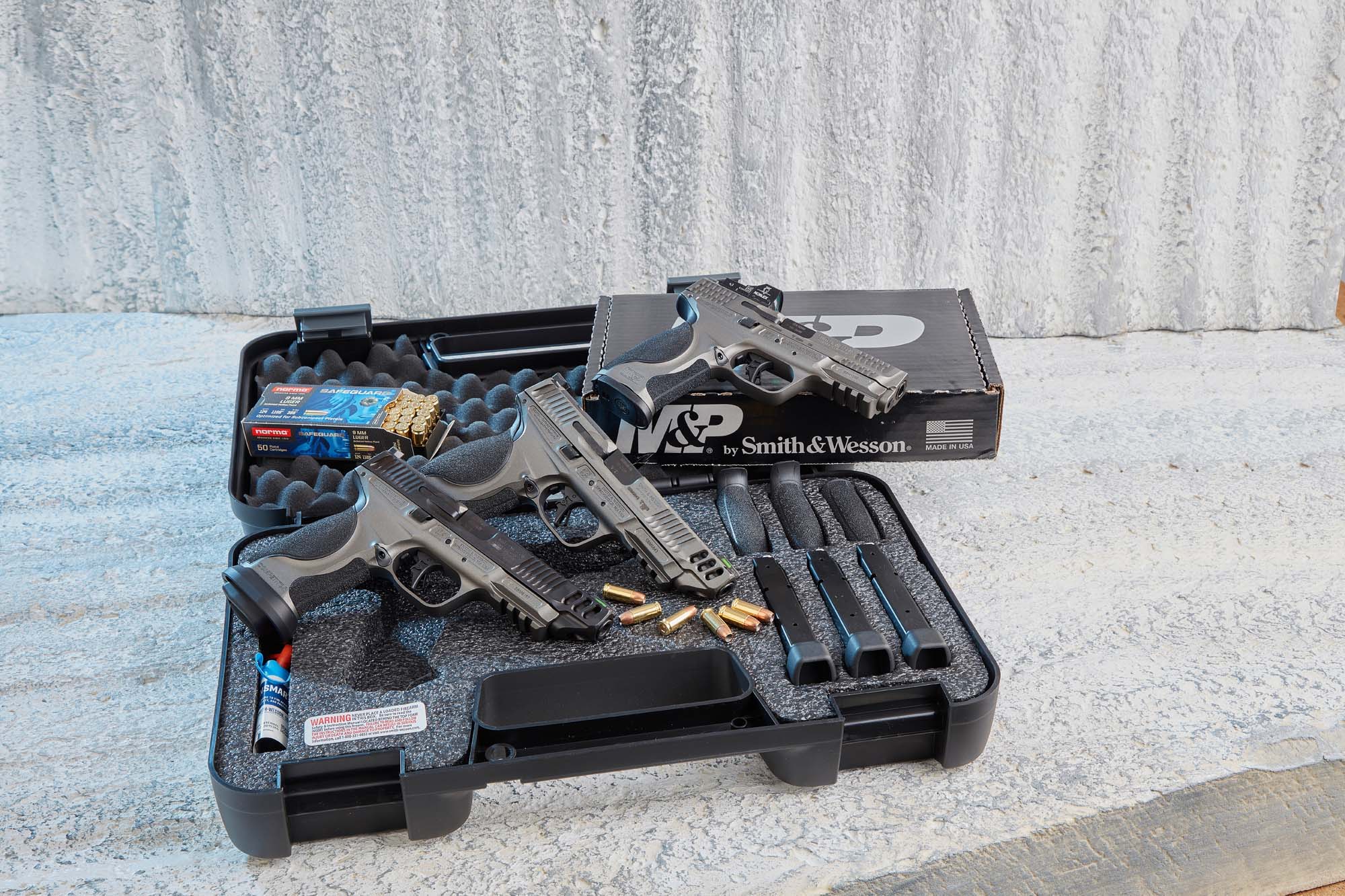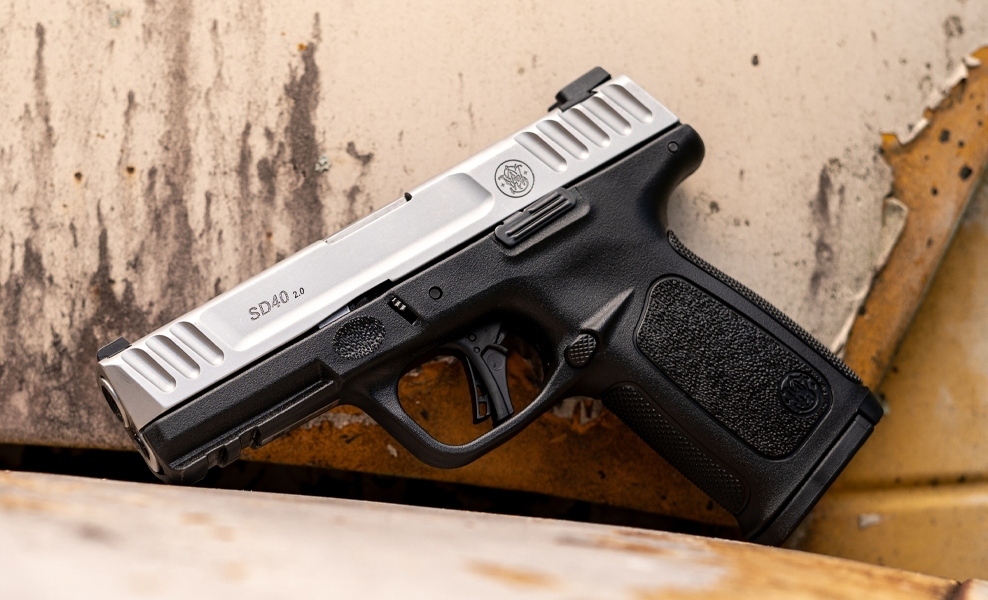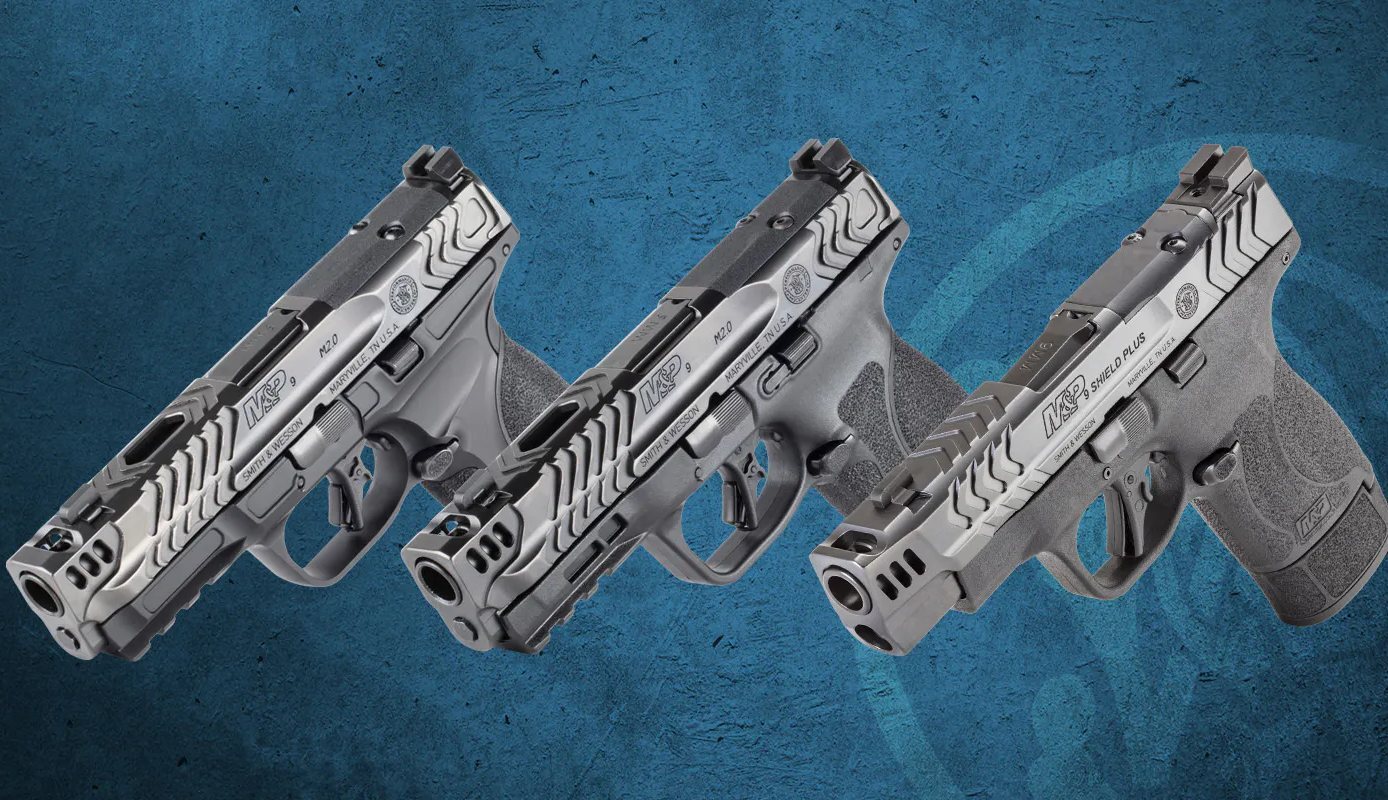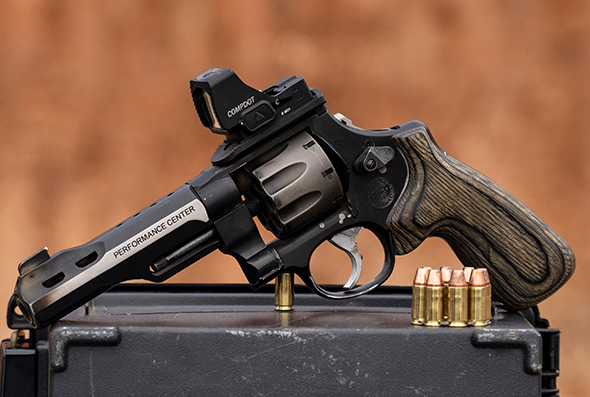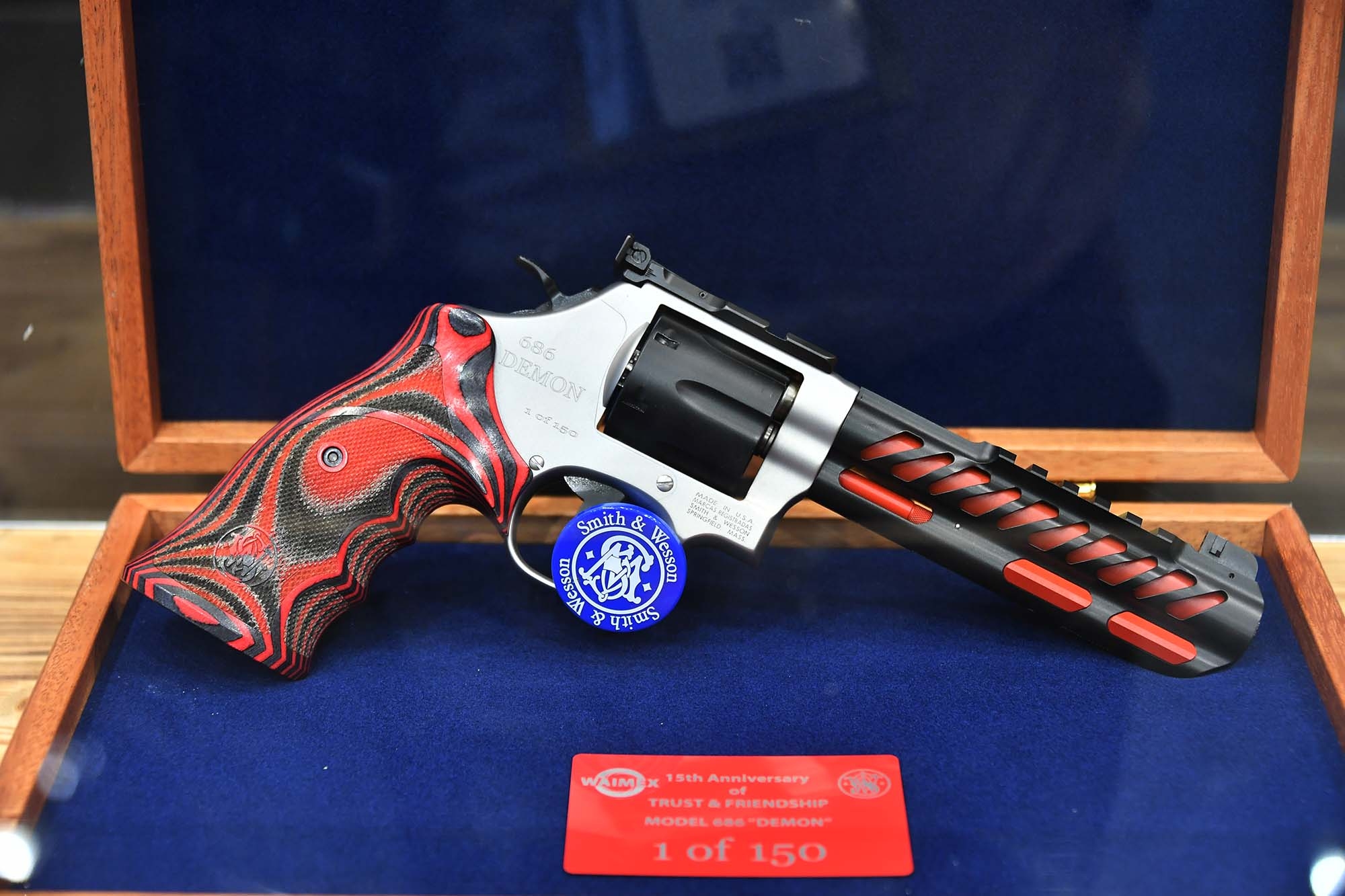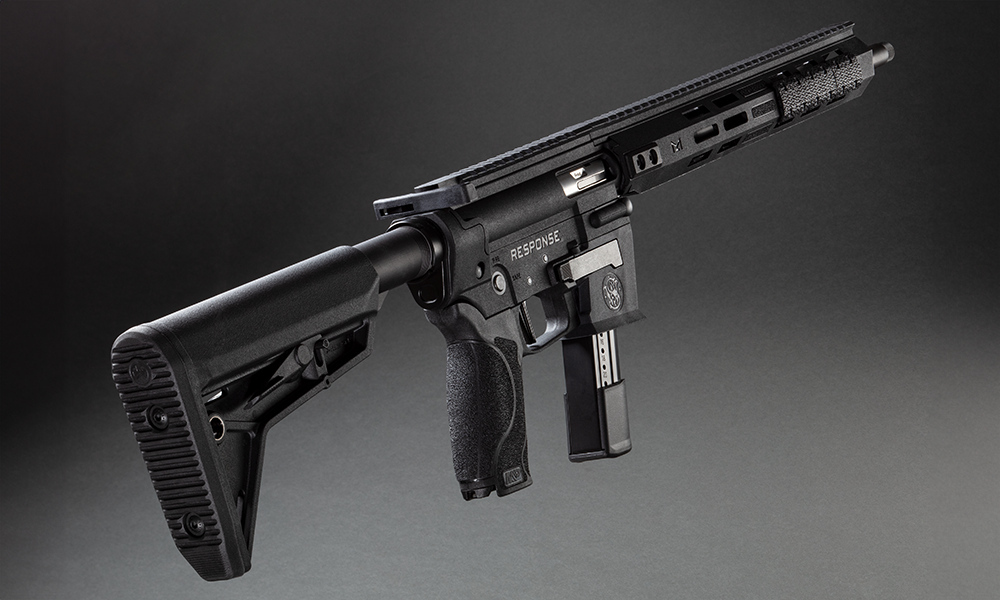Article also available in other languages



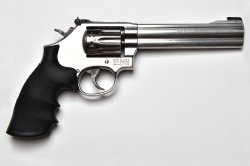
The Smith & Wesson model 617 revolver in .22 LR caliber, is based upon the previous model 17, that’s no longer produced, improved by using stainless steel instead of the standard blued carbon steel.
The 617 model is built on a K (medium frame) – square butt, first introduced in 1899 with the .38 Military&Police revolver.
The K frame is used for many calibers, from .22 LR up to .357 Magnum, even though, for this last chambering, Smith&Wesson introduced, in 1981, the larger L frame that allows to shoot even the most extreme .357 Magnum, loadings. The 617 Smith&Wesson revolver is available with a 4 or 6 inch barrel; the 8 3/8 inch version is no longer listed.
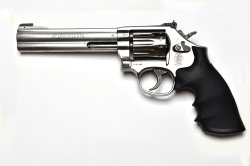
In 1996, this revolver was manufactured with an aluminum cylinder but it didn’t sell well. Just a year later, Smith & Wesson was forced to go back to the classic steel. Probably, in these years, but presumably even today, shooters were suspicious about any material used for gun production other than proven and reliable steel and even the micro-fusions (MIM acronym of Metal Injection Molded) that were introduced a few years later, were not well accepted.
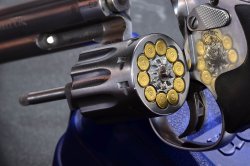
The most prominent feature of the Smith & Wesson 617 is the capacity of the cylinder. Thanks to a cylinder that can take up to 10 .22 LR rounds, this revolver exceeds the firepower of some semi-automatic handguns.
The little .22 Long Rifle cartridge, used in the 617 Smith&Wesson revolver, is the most popular rim fire cartridge used today.
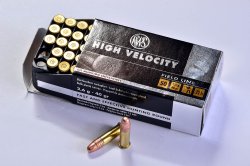
The .22 Long Rifle cartridge dates back to 1887 and was produced by J. Stevens & Tool Company. The .22 LR is used in the Olympic competitions such as: Automatic Pistol, Free Pistol and Rifle competitions thanks to its precision and affordability. The .22 LR may be used for small and less dangerous animals hunting because of its very interesting ballistic features. Maximum range doesn’t go beyond 70 meters. Many underestimate the performance of the .22 LR, deceived by its small size, but if you think about short distance, the bullet of this cartridge can penetrate up to 15 cm of pine wood and, depending on the loading, can have a maximum range of up to 2000 meters. If we consider that this cartridge is often used by poachers to hunt animals the size of a deer, aiming for a headshot from a short distance, we can re-consider the danger of the little .22 LR.
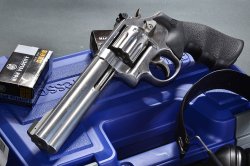
The gun is sold in a resistant, plastic case which is very convenient for the transportation and storage.
The .22 LR caliber Smith & Wesson model 617, is based on a stainless steel K frame with an external hammer. The side plate is held together with three screws. The revolver has a single and a double action trigger. The full barrel lug contributes to the gun’s hefty look. The steel used for this gun has a satin finish that can easily withstand rough handling. Just like in all recent Smith&Wesson revolvers, the firing pin is located in the frame. The hammer has an noticeable checkering which allows a rather firm grip. Another great feature is the latest generation cylinder release control, introduced in 1996 on these revolvers, whose shape is more ergonomic than in the previous designs.
The revolver’s hand grip is made of synthetic rubber, thanks to its texture on the sides and the finger insets, allows for a steady and firm hold. The size of the grip is such that it is comfortable to handle even by small handed shooters.
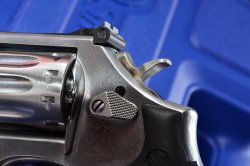
The 617, just like all other models produced by this historical American brand, has an automatic safety called Hammer Block, that prevents contact between the hammer and the firing pin until the trigger is fully pulled. Since 2001 another manual key-lock safety is available, accessed on left side plate, right above the cylinder release control. There is a small plaque with “Locked” written, in the frame. Once the key is inserted and rotated and the safety engaged, the plaque sticks out of the frame’s top, informing that the gun is locked.
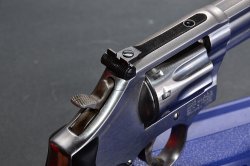
The handgun’s aiming devices consists of a rear sight that can be micro metrically adjustable for windage and elevation and a Patridge type front sight. The revolver, created for accuracy, has completely black and matte aiming devices which avoid undesirable reflections while aiming under particular conditions of light. The front sight is fixed onto the barrel with a pin and can be replaced based on the shooter’s needs. The checkering finish along the top of the barrel helps eliminate glare and reflections while aiming.
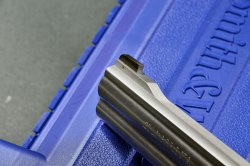
The 617 revolver has a pretty hefty weight of 1250 grams. The 6 inch barrel yields a significant overall length of 283 mm.
These characteristics are very useful for accurate shooting if a shooter manages to support the considerable weight of this gun, which is also slightly unbalanced towards the muzzle.
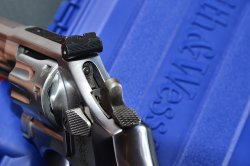
The revolver works using the classical Smith & Wesson mechanical scheme. Cylinder rotation is counter-clockwise, triggered by cocking the hammer. This causes the cylinder hand to rise which then uses one of the teeth from the extractor star of the cylinder.
At every cocking of the hammer, the chambers remains perfectly aligned with the barrel and the firing pin through the cylinder stop which adapts in the separate indents of the cylinder.
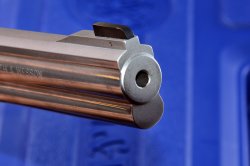
The test shooting was done by using regular targets for standard pistol competitions. The target measures 10 by 50mm, while the internal bullseye, called “mouche” has a diameter of 22mm. We placed the target at a distance of 15 meters; we found that this distance was relatively short for the performance features of the gun in testing. The gun was zeroed with a system called “zone” by leaving a blank portion between the top of the aiming front sight and the lower edge of the black bullseye of the target. This is the system which allows a shooter to obtain the best accuracy in Olympic competitions.
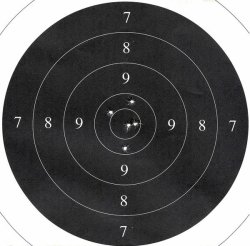
After a few rounds, needed to zero the rear sight, we understood the revolver was shooting more or less true, we immediately achieved the group shown in the picture. All rounds were in the targetʼs center, two of those were in the mouche. It is important to state that this result was obtained with no effort, shooting with no support, with one hand only and using single action.
Operation of the revolver was impeccable, recoil nonexistent. The anatomical grip makes the gun bearable despite of its weight, without even tiring the hand too much. Afterwards, we shot in both single and double action with excellent results. The single action proved to be clean and crisp with no trigger over travel. The double action would probably need a break in period.
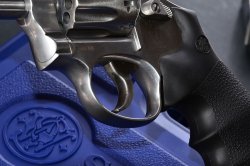
Great High Velocity RWS ammo contributed to great results. These .22 LR loadings are very accurate, using a 40 grain bullet in a 60cm barrel, they reach a velocity of 385 m/s. The kinetic energy developed is about 19kgm.
The Smith&Wesson 617 is an ideal gun for your shooting entertainment at the range, reducing training and practice cost thanks to the affordability of the .22 caliber. The gun’s proven reliability and accuracy make it a high level device. In the countries that allow it, this revolver can be used for plinking or varmint.
The extreme precision of this revolver will allow shooters to hit targets the size of a beer can from a distance of more than 25 meters, depending on the shooter’s skill.
After examining the ballistic characteristics of the .22 LR cartridge, and keeping in mind that the revolver in itself is a very simple-to-use gun, one could consider using the Smith&Wesson 617 revolver as a home-defense gun. The 10 rounds may be more than enough to solve unwanted problems. The kinetic energy of some high speed .22 LR loadings, like the RWS used for our testing, shouldn't be underestimated. With a Smith & Wesson 617 revolver it is possible to shoot quickly and with extreme accuracy more rounds and faster, without having to deal with recoil and muzzle climb. The rule is always the same – it’s better to have a .22 LR that hits its target than a .44 magnum that misses it.
Article also available in other languages







